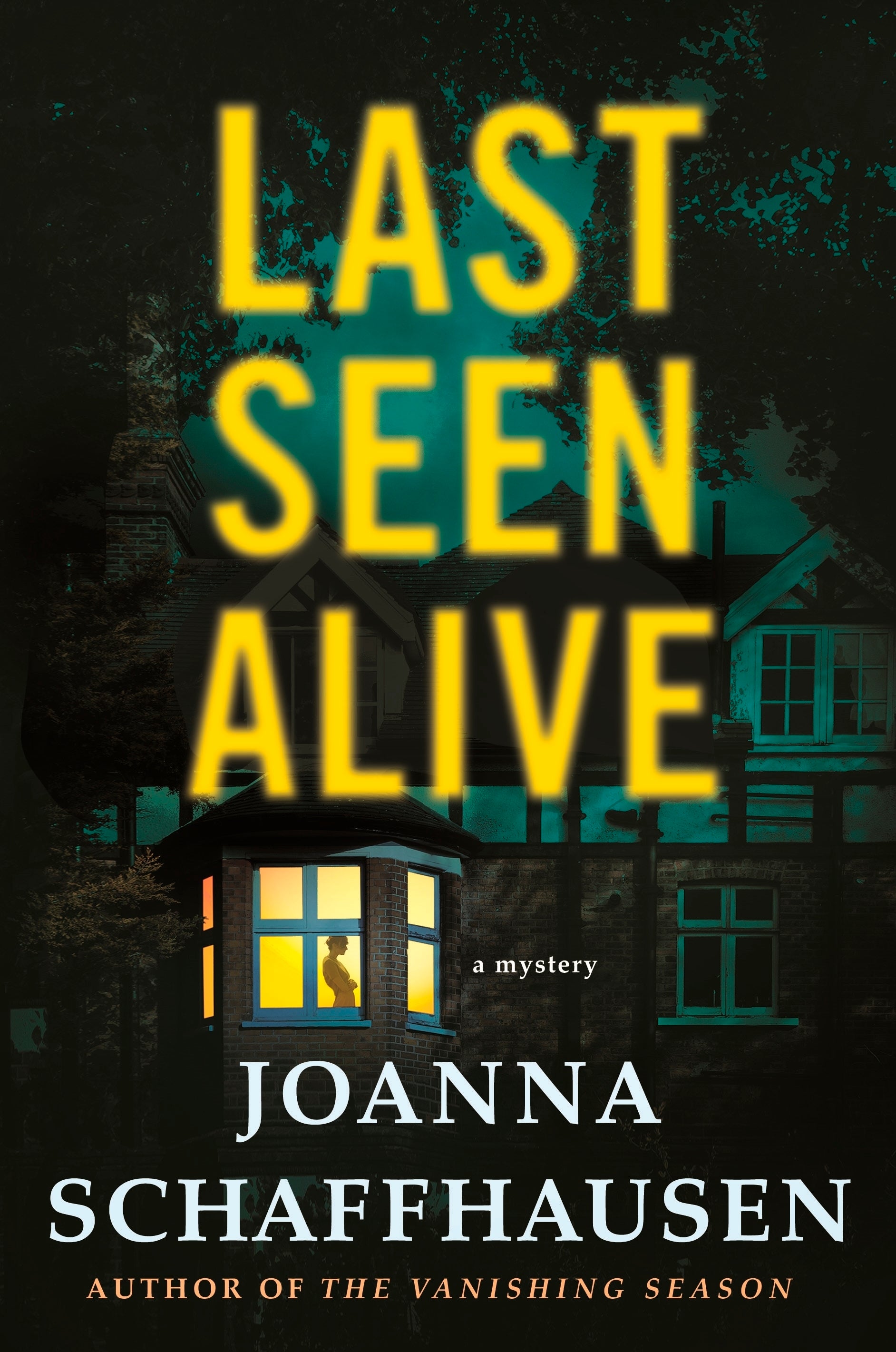Review: Schaffhausen sets standard for serial killer novels
In “Last Seen Alive,” her fifth novel featuring Boston Police officer Ellery Hathaway, Joanna Schaffhausen completes a daring story arc about a child who was kidnapped by a serial killer, the FBI agent who rescued her, and the lifetime bond their shared nightmare created

Your support helps us to tell the story
From reproductive rights to climate change to Big Tech, The Independent is on the ground when the story is developing. Whether it's investigating the financials of Elon Musk's pro-Trump PAC or producing our latest documentary, 'The A Word', which shines a light on the American women fighting for reproductive rights, we know how important it is to parse out the facts from the messaging.
At such a critical moment in US history, we need reporters on the ground. Your donation allows us to keep sending journalists to speak to both sides of the story.
The Independent is trusted by Americans across the entire political spectrum. And unlike many other quality news outlets, we choose not to lock Americans out of our reporting and analysis with paywalls. We believe quality journalism should be available to everyone, paid for by those who can afford it.
Your support makes all the difference.“Last Seen Alive” by Joanna Schaffhausen (Minotaur)
When Joanna Schaffhausen first introduced FBI Special Agent Reed Markham and Boston police officer Ellery Hathaway, the author put serial killer Francis Coben at the center of their origin story. And yet, for four straight novels, the monster remained off stage.
Instead, he was portrayed as a hideous specter, haunting every part of Ellery’s life since he kidnapped her when she was 14 and nailed her into a closet that had once held at least 16 other girls.
It was Reed who cracked the case and rescued her. Ever since, fate kept throwing them together — first as friends, then as colleagues, and finally in an on-again, off-again romance in which love failed to overcome memories of the horror that brought them together.
Now, in “Last Seen Alive,” Coben finally appears, promising to reveal the burial sites of some of his victims. But he has three conditions. Reed must visit him in prison, the crew of a true-crime TV show must record the meeting, and the agent must bring along the person who had haunted Coben’s dreams.
He wants Ellery, the lone survivor of his reign of terror.
The TV producer pressures her to accept. Reed urges her to refuse. But Ellery, beset with survivor’s guilt, reluctantly agrees, grimly determined to bring closure to the families of other victims.
So begins a fast-paced, complex tale that includes a Coben copycat killer, a daring prison escape, a race to track Coben down before he can kill again, and a brutal takedown of TV shows that glorify serial killers for the sake of ratings.
When the police work is finally completed, the evil doers vanquished, and the plot-points resolved, Schaffhausen breaks the unwritten rules for such books by writing another 75 pages. In them, writing with empathy and psychological insight, she reveals how Reed and Ellery at last come to terms with the nightmare they shared through five fine novels and how they plan to live the rest of their lives.
It works not only because it is beautifully crafted but because, unlike nearly all other serial killer books, these novels were never about the killer and his pursuers.
They were about Reed and Ellery, and by extension, all victims of this brutal brand of violence.
In doing so, Schaffhausen has set a new standard for how such books can, and perhaps often should, be written.
___
Bruce DeSilva, winner of the Mystery Writers of America’s Edgar Award, is the author of the Mulligan crime novels including “The Dread Line.”